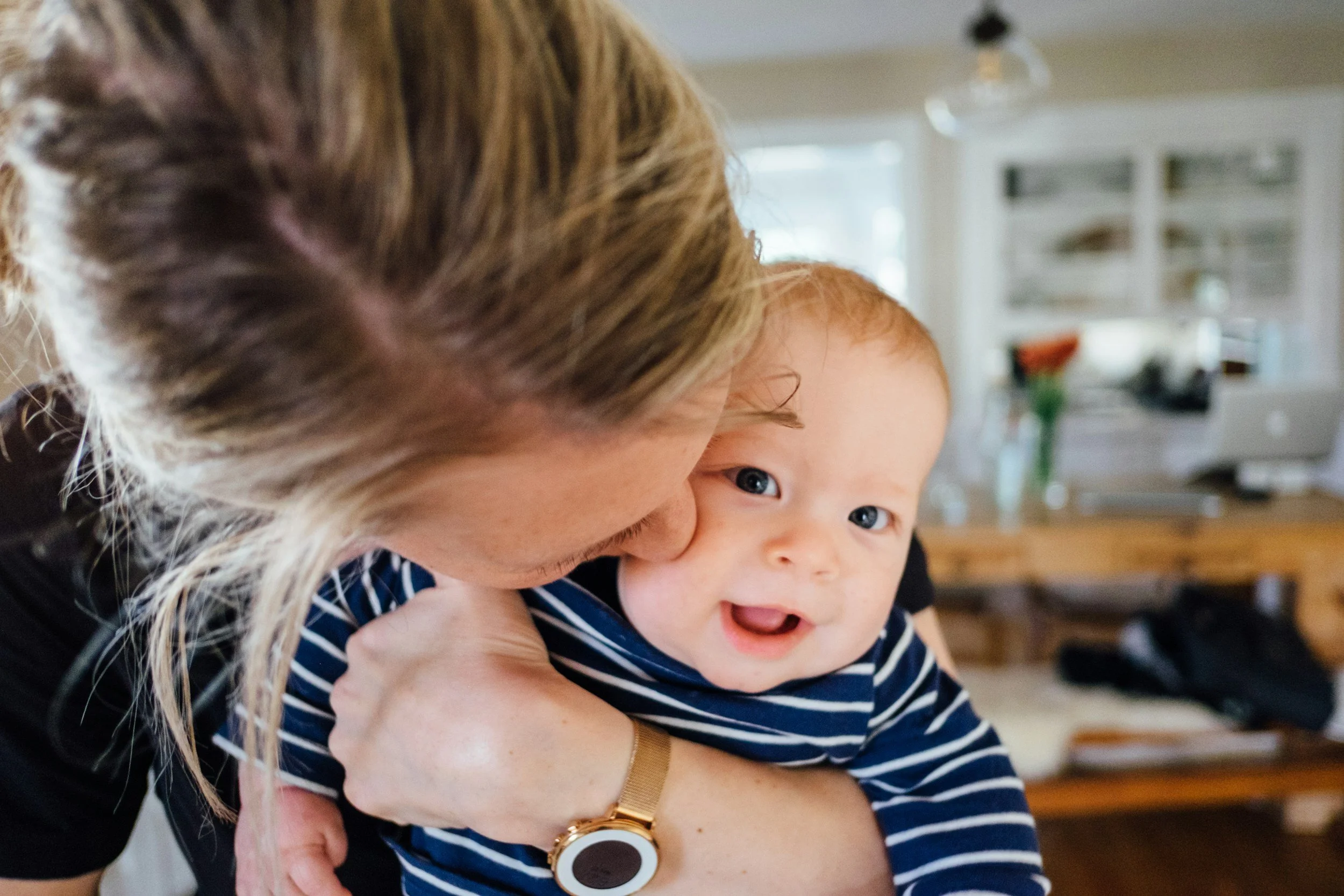What Is “Intimacy vs. Isolation”? Understanding Erikson’s Sixth Stage of Development
As adolescence ends and adulthood begins, a new question rises to the surface—not about identity this time, but about connection. After asking “Who am I?” young adults begin to wonder, “With whom can I share myself?” This is the essence of Erik Erikson’s sixth psychosocial stage: Intimacy vs. Isolation, which typically unfolds in the late teens through the thirties.
This stage is not about romance alone. It is about the human desire for deep, meaningful bonds—friendships, partnerships, and emotional commitments that require vulnerability and mutual trust. And it is during this stage that the virtue of love is developed, not just as an emotion but as an enduring ability to care for and be cared for by another.
From Selfhood to Connection
Erikson made it clear that intimacy depends on the successful resolution of the previous stage, Identity vs. Role Confusion. A person cannot truly share themselves with another if they don’t yet know who they are. To enter into intimacy, one must have a reasonably stable sense of self—something to offer, something to hold, and something to protect.
This is why the transition into intimacy doesn’t begin with finding another person. It begins with the courage to be fully seen. Whether in a romantic relationship, a close friendship, or even a collaborative professional partnership, intimacy requires authenticity, emotional availability, and the ability to risk rejection.
What Intimacy Looks Like
Intimacy, as Erikson saw it, goes far deeper than physical closeness or surface-level affection. It’s the ability to open one’s inner world to another, to form relationships that are reciprocal and enduring, where both individuals maintain their identities while deeply investing in each other.
This might look like:
A romantic partnership rooted in mutual support
A long-standing friendship where vulnerability is welcomed
A mentorship where deep trust and guidance are shared
A collaboration where emotional safety enables creativity
At its best, intimacy involves emotional fusion without loss of self. It’s the paradox of becoming more by giving more, of finding strength through mutual vulnerability.
The Risk of Isolation
Of course, intimacy carries risk. To reveal yourself is to open yourself to hurt. Some young adults, whether because of past trauma, identity confusion, or fear of vulnerability, may withdraw from connection. This can lead to isolation—not simply being alone, but feeling emotionally cut off.
Isolation may manifest as:
Avoidance of deep emotional involvement
A preference for casual or superficial relationships
Fear of dependence or being “tied down”
A sense of emptiness, even in social settings
Sometimes, isolation is chosen defensively. Other times, it’s the result of circumstance—loss, rejection, or the inability to find reciprocal relationships. Over time, chronic isolation can lead to loneliness, disconnection, and even depression.
When Love Becomes Possible
The virtue developed in this stage is love, but not in the fleeting, romanticized sense. Erikson defined love as the ability to commit to others with care, respect, and emotional depth. It involves compromise, resilience, and the ability to hold space for another person’s inner world.
Love in this context is not about losing oneself in another, nor is it about perfect harmony. It is about two people learning to walk beside each other—sometimes aligned, sometimes negotiating differences—with a shared intention to grow together.
This capacity for deep connection doesn’t always come easily. It must be practiced, chosen, and protected. And it often requires unlearning patterns from childhood or adolescence that taught self-protection at the expense of openness.
When the Balance Tips: Promiscuity and Exclusion
As in all of Erikson’s stages, imbalance can lead to maladaptive extremes.
Promiscuity, in this context, refers not merely to sexual behavior but to a superficial form of intimacy. Individuals may move quickly from one emotional connection to another, never allowing true vulnerability or depth. They may fear being alone but are also afraid of true closeness.
Exclusion is the other extreme. Here, individuals actively reject intimacy, shutting out emotional connections altogether. This can result in cynicism, emotional numbing, or overinvestment in solitary pursuits to avoid the risk of attachment.
Both reflect a struggle with intimacy—either grasping at it too quickly or avoiding it entirely. The goal is a middle path, where love becomes possible without the loss of identity or the fear of connection.
Examples
Consider Erin, a young woman who spent her adolescence figuring out who she is. Now in her twenties, she finds herself in a relationship where she can express both her independence and her vulnerability. She and her partner support each other’s dreams, navigate disagreements with care, and maintain their own identities within their bond. Erin is building intimacy, not just love.
Then there’s Marcus, who throws himself into short-term flings but shies away the moment things get serious. He tells himself he doesn’t need anyone, but often feels lonely and anxious. His avoidance of vulnerability keeps him disconnected.
Or take Leah, who grew up with emotionally distant caregivers. Now in adulthood, she struggles to trust others. Even in friendships, she keeps her guard up, never letting people in too far. Leah yearns for closeness but doesn’t believe it’s safe.
These are just a few of the many ways this stage can unfold. Each path reflects a different relationship with intimacy—and each can be reshaped over time.
Supporting Young Adults Through This Stage
Whether as a friend, parent, partner, or therapist, supporting someone through the Intimacy vs. Isolation stage involves:
Validating the difficulty of vulnerability
Encouraging emotional risk-taking in safe spaces
Modeling healthy emotional boundaries and communication
Honoring their identity while nurturing their capacity for connection
For young adults themselves, the work often begins by cultivating self-knowledge and emotional literacy. This might include therapy, journaling, reflective conversation, or simply taking time to understand what feels safe and meaningful in a relationship.
Simply Put
The Intimacy vs. Isolation stage is a pivotal bridge between personal identity and shared life. It’s about discovering that connection is not the opposite of independence, but a deepening of it. It’s about learning to love and be loved without giving up who you are.
When young adults move through this stage with support and self-awareness, they carry forward the strength of love—not just in romance, but in every relationship that asks for truth, trust, and tenderness. And when love is learned here, it becomes the foundation for the partnerships, friendships, and communities that sustain us for the rest of our lives.










